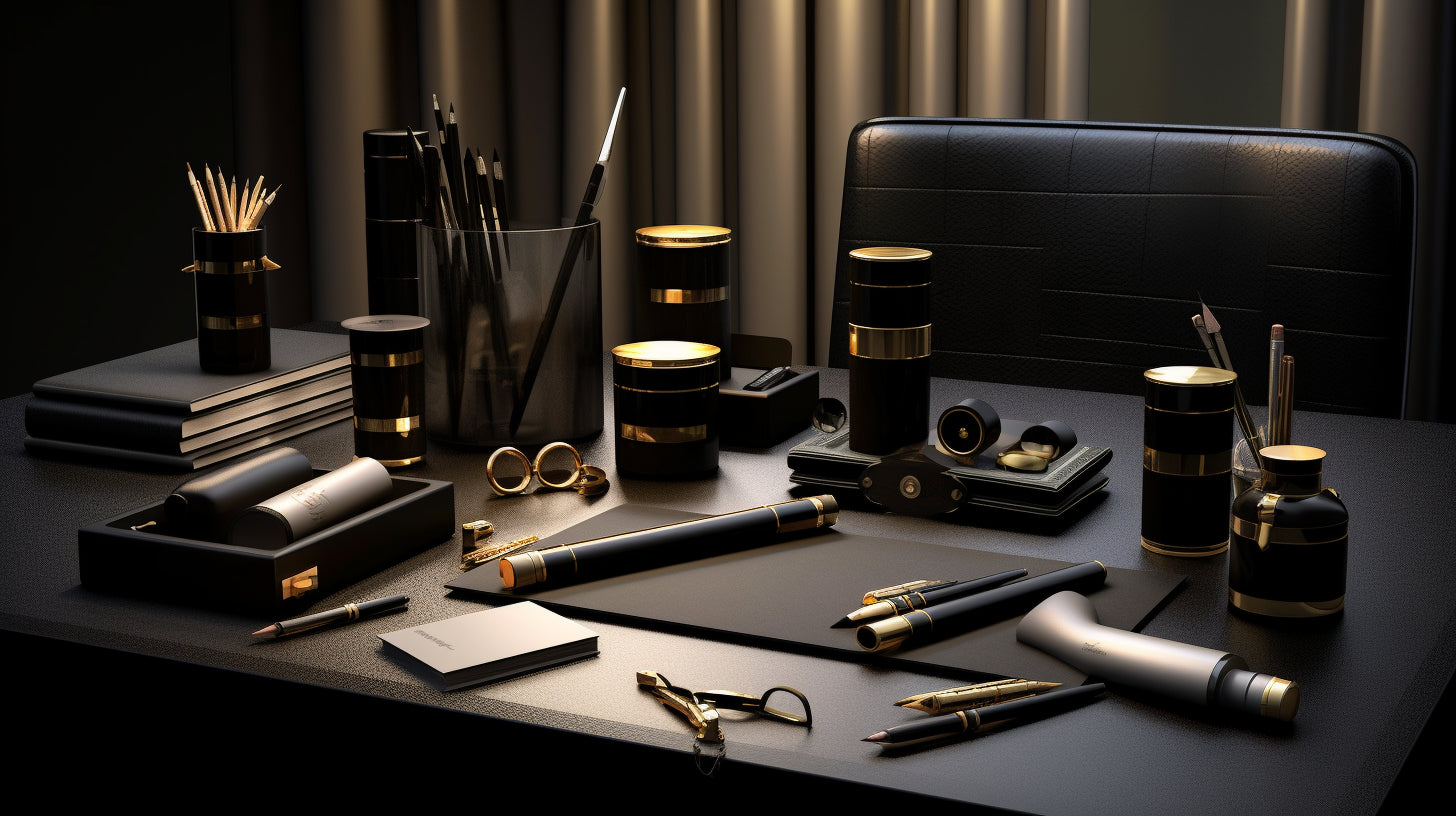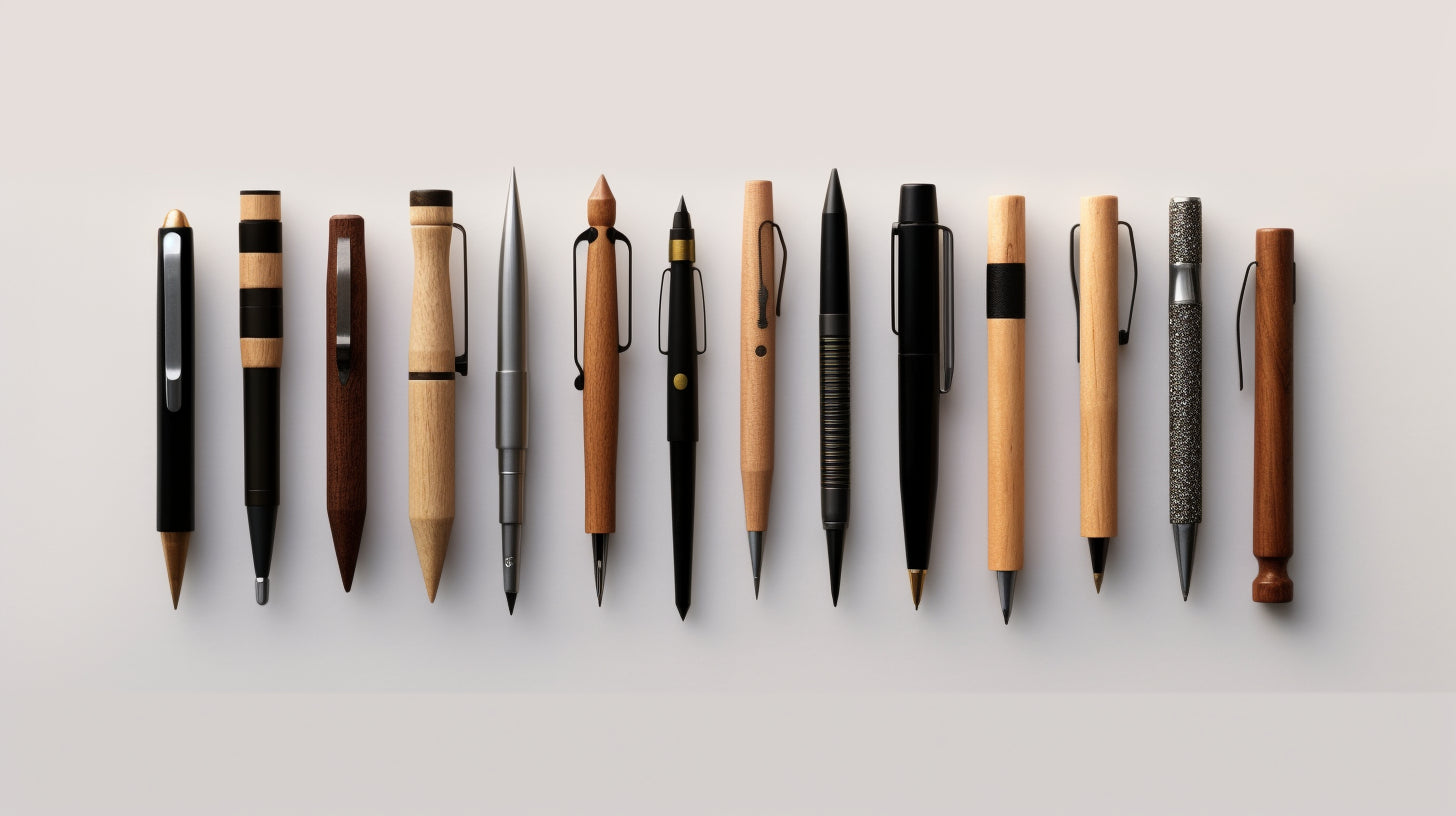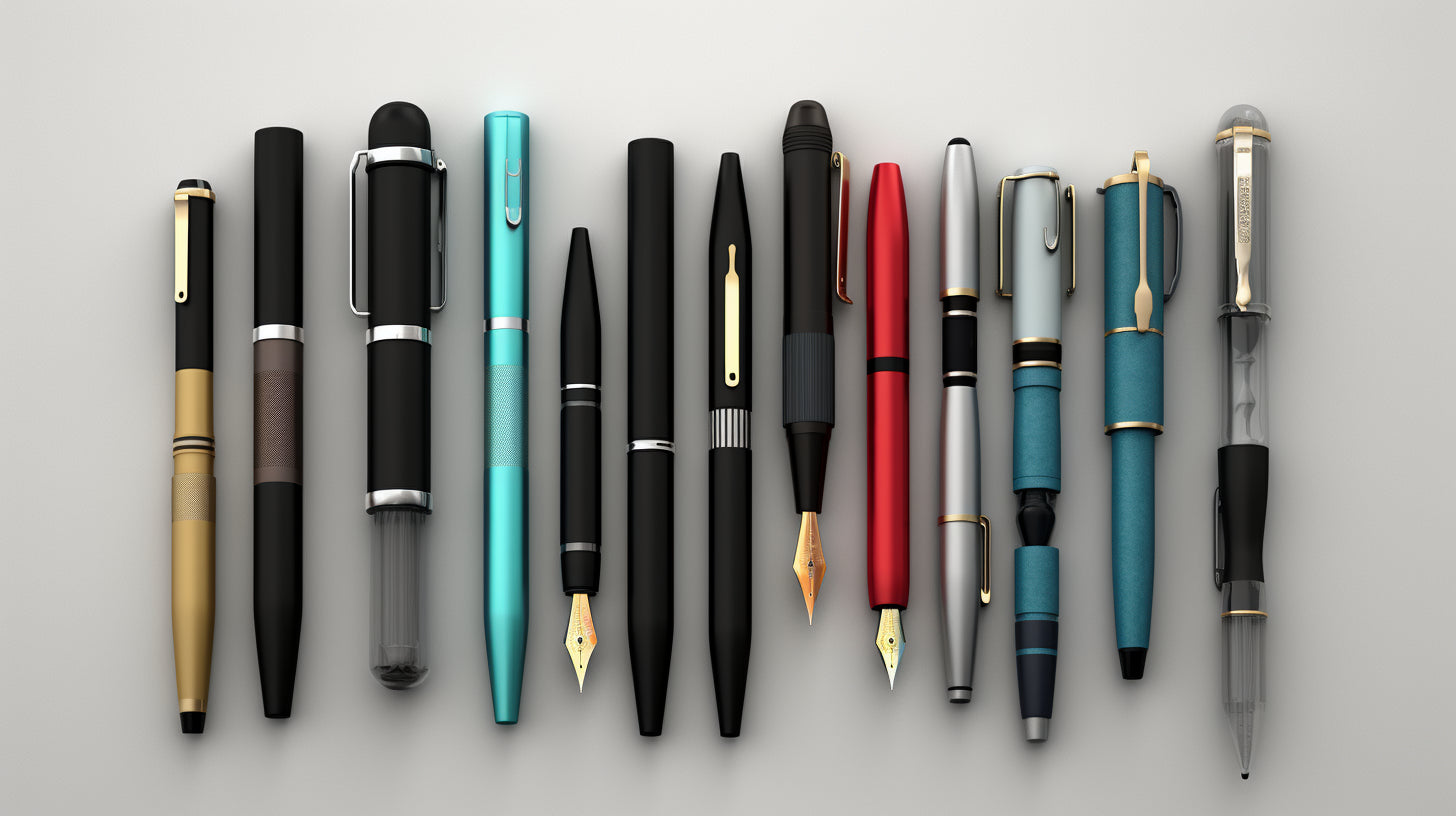
Writing in Style: The World of Luxury Fountain Pens
For centuries, fountain pens have been cherished by writers, collectors, and aficionados alike. Not only do they embody elegance and sophistication, but they also offer unparalleled precision and reliability when it comes to expressing oneself on paper. In this article, we will delve into the world of luxury fountain pens, exploring their rich history, the unique artistry behind their creation, and the brands that have stood the test of time. Furthermore, we will discuss how you can find the perfect fountain pen to suit your needs and introduce you to the mesmerizing realm of Wood Fountain Pens, where craftsmanship and passion elevate the writing experience to new levels.
Table of Contents
- The History of Fountain Pens
- Components and Anatomy of a Fountain Pen
- Writing Stroke and Penmanship
- Iconic Brands and Models
- Fountain Pen Maintenance and Usage
- Finding the Right Fountain Pen For You
- The Artistry of Wood Fountain Pens
- FAQs
The History of Fountain Pens
Despite the prominence of digital communication in the modern era, fountain pens have retained their status as objects of prestige, practicality, and artistic expression. The history of these elegant instruments dates back centuries, and their design has evolved over time to embody the nuances of writing as both an art and a functional necessity.
Early Origins
The earliest known examples of fountain pens can be traced back to the ancient Egyptians and their use of reed pens. Over the subsequent centuries, newer versions made from metal and quills emerged to cater to the ever-evolving needs of writers. The first patent for a fountain pen was filed in 1702 by a Frenchman named M. Bion, marking the advent of the modern era of fountain pens.
The Golden Age
The late 19th and early 20th centuries witnessed the "Golden Age" of fountain pens, with companies such as Waterman, Parker, and Montblanc gaining prominence. Additionally, advancements in pen technology were made, including the invention of the cartridge pen and the improvement of ink feed systems.
Components and Anatomy of a Fountain Pen
Understanding the intricate components and anatomy of a fountain pen is essential for both users and collectors. Every element plays an important role in the overall writing experience.
Nib
The nib is the metal tip of the fountain pen through which ink flows onto the paper. Nibs are typically made of gold, gold-plated, or stainless steel materials, and they come in various sizes and shapes to suit individual writing styles.
Feed
Located below the nib, the feed is responsible for supplying the nib with a consistent flow of ink. It features a series of intricate channels that facilitate smooth ink delivery from the reservoir to the nib.
Barrel
The barrel houses the ink reservoir and forms the pen's main body. It can be made of variousmaterials, including resin, metal, or wood, and its design often factors significantly into the overall aesthetics and weight of the pen.
Cap
The fountain pen cap serves to protect the nib when not in use, and it can be either screw-on or snap-on. The clip is an essential component of the cap, as it allows the pen to be securely attached to pockets or notebooks.
Ink Reservoir
The ink reservoir holds the ink supply for the pen. It can take the form of a built-in piston or vacuum filler, a removable ink converter, or disposable ink cartridges.
Writing Stroke and Penmanship
Fountain pens offer versatility in writing strokes and styles, allowing users to create uniquely expressive penmanship. A variety of nib types cater to distinct handwriting preferences and requirements.
Nib Sizes
Nibs are available in various sizes, ranging from extra-fine to broad. Depending on personal preference, fine nibs are ideal for intricate, detailed writing, while broader nibs suit more expressive and bold writing styles.
Nib Flexibility
The flexibility of the nib determines how much line variation is possible. Flexible and semi-flexible nibs permit a wider range of line thickness, whereas stiffer nibs produce more uniform lines.
Nib Materials
Nib materials also affect the writing experience. Gold nibs are relatively soft and provide a smoother and more effortless writing experience. On the other hand, stainless steel nibs are more rigid and may give better control, particularly for those new to fountain pens.
Iconic Brands and Models
Several brands have cemented their place in the world of luxury fountain pens, each with its unique offerings and signature designs.
Montblanc
Montblanc is a renowned German manufacturer best known for its "Meisterstück" (Masterpiece) 146 and 149 models. These pens are distinguished by their iconic six-pointed star logo, symbolizing the snow-covered peak of Mont Blanc.
Parker
Founded in 1888, the American company Parker has maintained a strong reputation for creating reliable and well-crafted pens. The Parker Duofold and Sonnet are popular choices among collectors and enthusiasts alike.
Pelikan
Pelikan, another German brand, was founded in 1838 and is known for its piston-filling fountain pens such as the Souverän series. The Pelikan M800 and M1000 are highly sought after for their blend of form and function.
Wood Fountain Pens
Wood Fountain Pens specializes in handcrafted wooden fountain pens, combining the precision and excellence of traditional instruments with the warmth and uniqueness of wooden designs. Their pens make for an outstanding writing experience and sought-after collector's items.
Fountain Pen Maintenance and Usage
Proper maintenance and usage are crucial to ensure long-lasting, smooth performance from your fountain pen. Following these basic steps will help keep your pen in excellent condition.
Cleaning and Maintenance
Regularly clean your pen by flushing it with water to prevent ink clogging and maintain optimum ink flow. Additionally, consider using pen flush solutions or an ultrasonic cleaner for a more thorough cleaning.
Filling with Ink
Follow the specific filling mechanism instructions for your pen, which could include using ink cartridges, converters, or built-in filling systems. When using bottled ink, ensure to wipe the nib clean after filling to prevent ink spills or smudging.
Storing Your Pen
Store your pen either capped and upright in a pen holder or horizontally in a dedicated pen case to protect the nib and prevent leaks.
Finding the Right Fountain Pen For You
Selecting the ideal fountain pen involves a mix of personal preferences, intended usage, and budget. Here are some aspects to consider:
- Writing comfort: Consider factors such as pen weight, grip, and balance to find a pen that feels comfortable and enjoyable in hand.
- Nib selection: Choose the nib size, material, and flexibility that best suits your writing style and requirements.
- Design and aesthetics: Select a pen with a design that resonates with your personal taste and complements your style.
- Price range: Luxury fountain pens are available across various price points to accommodate different budgets and preferences.
The Artistry of Wood Fountain Pens
In the realm of luxury writing instruments, Wood Fountain Pens stands apart with their exquisitely handcrafted wooden designs that defy convention, blending the warmth and individuality of wood with the precision and elegance of traditional fountain pens. Each pen is painstakingly crafted with seasoned expertise, creating a one-of-a-kind masterpiece that enamors both writers and pen aficionados.
Wood Fountain Pen creations make for thoughtfully unique gifts, satisfying writing essentials, and enviable collector's items. By celebrating the beauty and nuances of wood, these pens elevate the writing experience and transform it into an immersive and captivating journey.
FAQs
- What types of wood are used in Wood Fountain Pens? Various wood types such as maple, cherry, walnut, and exotic woods like padauk and cocobolo are used to create unique and elegant fountain pen designs.
- How do I refill my fountain pen with ink? You can refill your pen using ink cartridges, converters, or integrated filling mechanisms such as piston or vacuum fillers, depending on the pen's design.
- Are fountain pens suitable for everyday use? Yes, fountain pens are ideal for everyday use, offering both practicality and elegance. With proper care and maintenance, they provide a reliable, enjoyable writing experience.
- How often should I clean my fountain pen? It is recommended to clean your pen at least once every few weeks or whenever you change ink colors. Regular cleaning ensures consistent ink flow and prevents clogging.
- What kind of paper works best with fountain pens? High-quality, smooth, and absorbent paper is ideal for use with fountain pens. This type of paper minimizes ink feathering and bleed-through and provides a pleasant writing experience.







Leave a comment
This site is protected by hCaptcha and the hCaptcha Privacy Policy and Terms of Service apply.